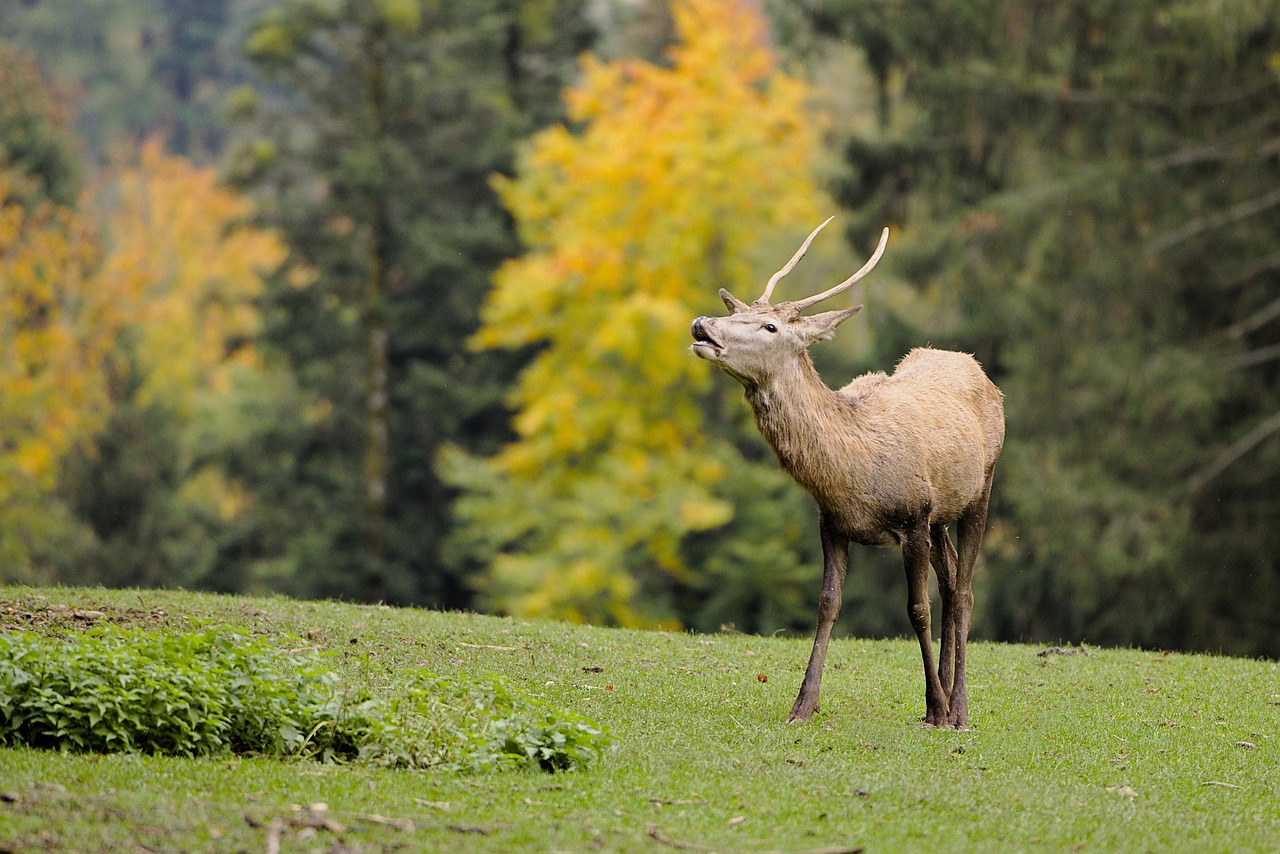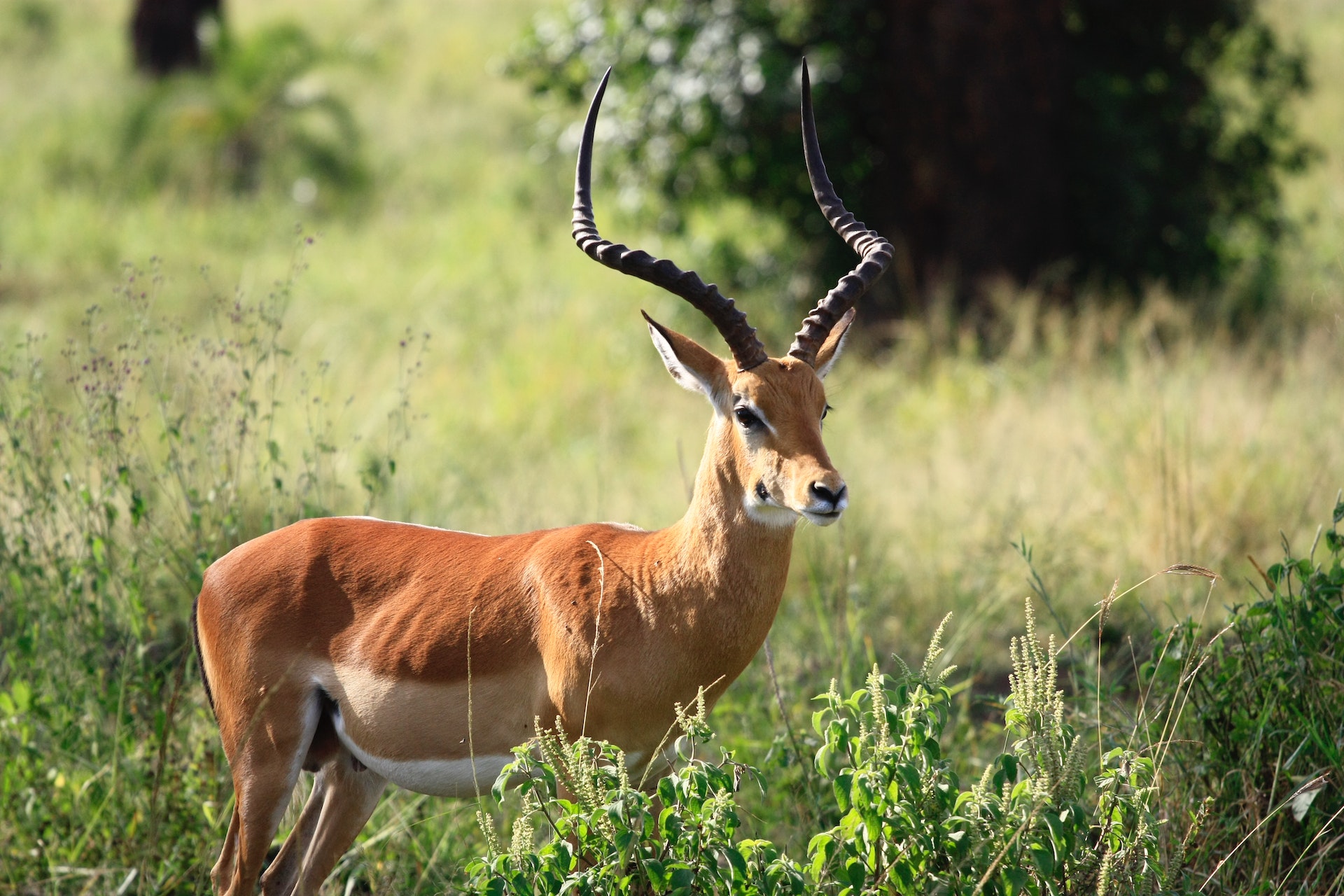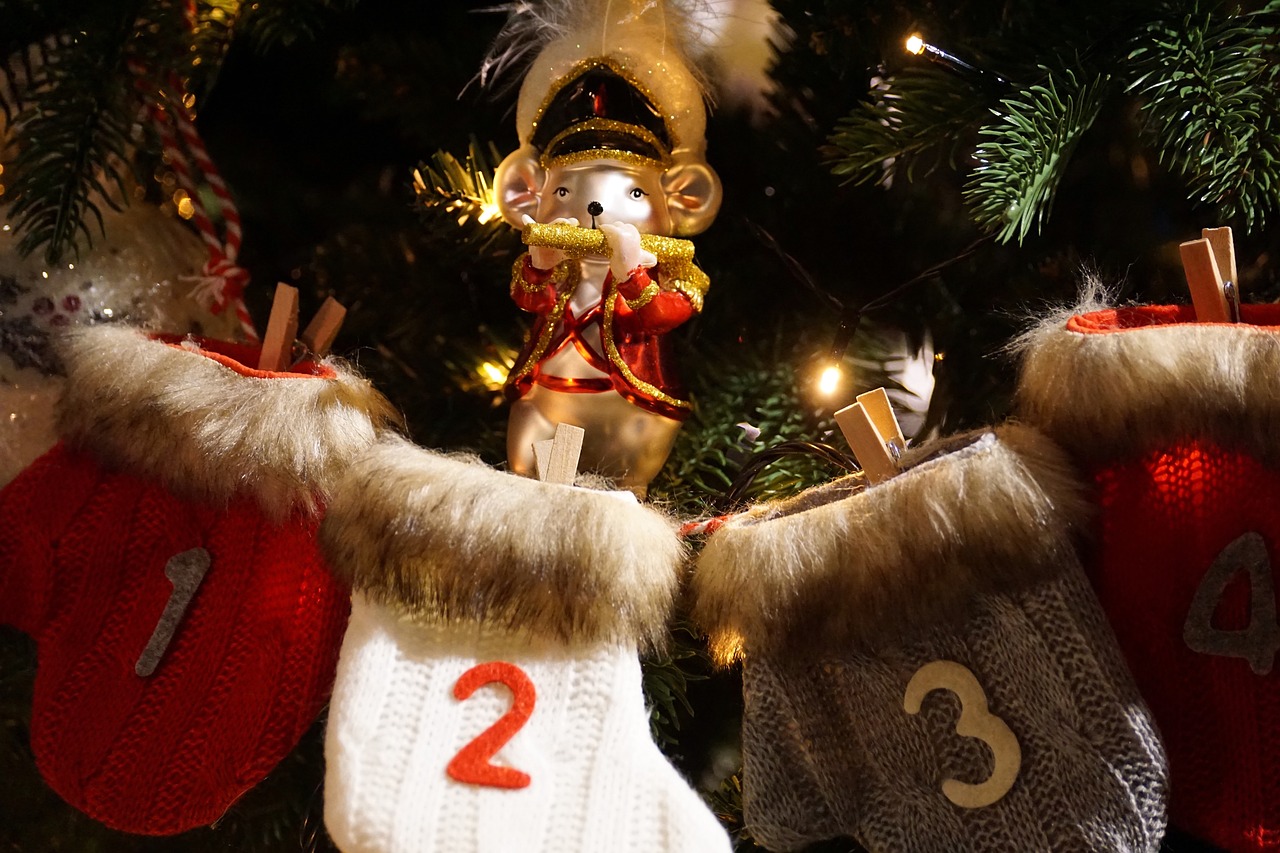For avid hunters, attracting deer is a crucial element of a successful hunt. Deer attractant scents have become a valuable tool in a hunter’s arsenal, helping to lure these elusive creatures within range. You can also try deer food plot seeds to attract deer, and you’ll have to wait for a little while. But what is the science behind deer attractants, and how can you use them effectively? In this guide, we will explore the different types of deer attractant scents and provide tips on how to use them.
Understanding Deer Attractant Scents
Deer attractant scents, often referred to as deer lures or deer urine, mimic natural deer scents to attract deer by appealing to their senses. These scents are typically collected from deer and come in various forms, including liquid, gel, or spray. Understanding the types of deer attractants and their purposes is essential for using them effectively.

Types of Deer Attractant Scents
The two main types of deer attractant scents are doe urine and buck urine. Doe urine is collected from female deer during their estrus cycle, while buck urine is collected from male deer. Each type of scent serves a different purpose in attracting deer.
- Doe Urine: Doe urine is used to attract both does and bucks. During the rut (breeding season), bucks are constantly searching for does to mate with. By using doe urine, you can create the illusion of a receptive doe in the area, drawing in curious bucks looking for a potential mate.
- Buck Urine: Buck urine is primarily used to attract other male deer. During the rut, dominant bucks will mark their territory by urinating on trees or branches. By using buck urine, you can create the impression of a dominant buck in the area, potentially triggering other bucks to come to investigate and assert their dominance.
Using Deer-Attractant Scents Effectively
Now that we’ve covered the basics of deer attractant scents, let’s explore some tips for using them effectively.
Know Your Local Deer Population
Before using any deer attractant scent, it’s crucial to understand the deer population in your area. What types of deer are prevalent? Are you dealing with a dominant buck or a more passive one? Knowing this information will help you choose the right type of attractant and improve your chances of success.
Use Attractants Sparingly
Using too much attractant can actually have the opposite effect on deer, as they may become suspicious of the strong scent. It’s best to use attractants sparingly and strategically in areas where deer are known to frequent.
Consider Wind Direction
Deer have a keen sense of smell, so it’s essential to consider wind direction when using attractants. You want the scent to travel towards the deer, not away from them. Be mindful of the wind and use attractants accordingly to maximize their effectiveness.
Experiment With Different Scents
Every deer is different, and what may work for some may not work for others. It’s essential to experiment with different scents to determine which ones are most effective in your hunting area. Also, consider using a combination of scents, such as doe urine and buck urine, to create a more realistic scent profile.

Follow Local Regulations
Before using any deer attractant scents, make sure to check local hunting regulations, as they may vary from state to state. Some states may have restrictions on the use of certain types of scents or methods for attracting deer.
In Conclusion
Deer attractant scents can be valuable tools for hunters looking to improve their success in the field. By understanding the types of scents available, how they work, and using them effectively, hunters can increase their chances of attracting deer and securing a successful harvest. Remember that patience, proper timing, and a good understanding of deer behavior are essential elements of successful hunting, and deer attractant scents are just one part of the puzzle.





 To begin your knitting journey, you’ll need a few essential supplies. First and foremost, you’ll need a pair of knitting needles. These come in different sizes and materials, so it’s worth experimenting to find what feels most comfortable for you. Many beginners start with medium-sized straight needles made from bamboo or plastic. Next, you’ll need some yarn. The type of yarn will depend on the project you have in mind. Thinner yarn is generally used for intricate patterns and delicate garments, while thicker yarn is great for cozy scarves and blankets.
To begin your knitting journey, you’ll need a few essential supplies. First and foremost, you’ll need a pair of knitting needles. These come in different sizes and materials, so it’s worth experimenting to find what feels most comfortable for you. Many beginners start with medium-sized straight needles made from bamboo or plastic. Next, you’ll need some yarn. The type of yarn will depend on the project you have in mind. Thinner yarn is generally used for intricate patterns and delicate garments, while thicker yarn is great for cozy scarves and blankets. When it comes to knitting, learning to read patterns is a crucial skill that will take your knitting game to the next level. Patterns are like roadmaps that guide you through each stitch and help you create beautiful knitted pieces. But if you’re new to knitting, they can seem overwhelming at first. Don’t worry – with a little practice and patience, you’ll soon be deciphering those mysterious lines of abbreviations and symbols. The key to understanding patterns is familiarizing yourself with the terminology used in knitting patterns.
When it comes to knitting, learning to read patterns is a crucial skill that will take your knitting game to the next level. Patterns are like roadmaps that guide you through each stitch and help you create beautiful knitted pieces. But if you’re new to knitting, they can seem overwhelming at first. Don’t worry – with a little practice and patience, you’ll soon be deciphering those mysterious lines of abbreviations and symbols. The key to understanding patterns is familiarizing yourself with the terminology used in knitting patterns.